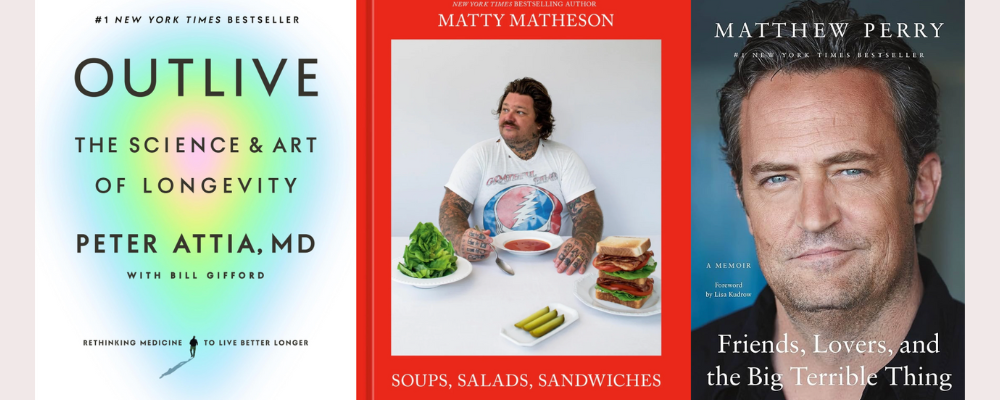The wait is over. The Canadian Leisure and Reading Study 2021 has arrived!
How did Canadians spend their leisure time in 2021? What role did reading play? We tell you all about it in this new study. You can download a PDF or EPUB version of the free report or read on for some highlights.
About the data
The results featured in this study come from a survey fielded in January 2022 to 1,282 Canadians over the age of 18. Where noted, we compare the 2021 results to the 2020 results which were gathered from the same survey fielded in January 2021 to 1,253 Canadian adults.
For both surveys, 1,000 respondents identified as “readers” – those who had read or listened to a book at least once in the past year.
And for context, when we use the term “buying”, we’re referring to buying books from an online retailer (or retailing app for ebooks and audiobooks), a physical bookstore that primarily sells new books, a used bookstore or thrift store, a general retailer, or a subscription service. And “borrowing” refers to getting books for free from a public library, another person (gifting or lending), a free internet site, or an illegal file-sharing site.
Ready for some highlights? Let’s check out the data!
Leisure time
So, what are Canadians' perceptions of their leisure time in 2021? Well, just under half (45%) said that they had enough leisure time, 35% said they had more than enough leisure time, and 20% said that they did not have enough.
What did they do with their free time? According to the data collected, Canadians engaged in a wide number of activities. Similar to last year’s results, watching videos/TV/movies (91%), cooking (89%), and listening to music (85%) are at the top of the list. Interestingly, reading and listening to books ranked eighth at 50%.
Reading as a leisure activity
When it comes to readers, 94% of them said that they read at least one print book in 2021, 64% said they read at least one ebook, and just about half of them listened to an audiobook (45%).
In terms of frequency, 42% said they read at least once a day, 22% once a week, 14% once a month, and 22% less than once a month.
Some popular reading-related activities done by the readers were:
searching for other books by that author (38%);
sharing the experience, book, or photo of the book with others (22%); and
going online to read about the author or follow them on social media (17%).
Looking at the ways Canadians acquired books, buying is the preferred method for print books; for ebooks and audiobooks, it’s borrowing.
But how did Canadians discover the books they read? Similar to previous years, at the top of the lists are word of mouth (36%), bookstore (27%), public library (25%), and online book retailers (20%). Other ways are via podcasts at 8% and through literary awards or “Best of” lists at 6%.
Other things we learned
The most popular reason why respondents chose to read a specific book was the subject or topic (43%).
Book to screen adaptations were not as popular reasons to read a book in 2021 (5%) as they were in 2020 (11%).
Most print book readers acquired their books via a public library (22%).
When asked about password sharing for ebook subscription sites, 28% said they either did (12%) or sometimes did (16%).
In terms of spending money on books, 37% of readers said they chose books within their budget and 34% only borrowed or got their books for free.
Ebooks were the preferred format for 16% of all readers and audiobooks were preferred by just 10% of readers.
Print book readers are choosing to read more adult Non-Fiction in 2021 than they did in 2020 — 69% in 2021 up from 61% in 2020.
True Crime readership was up among print book readers in 2021, at 29% in 2021 compared with 24% in 2020.
We’ve reached the end of the highlights, but as mentioned earlier, this is just a small portion of the insights shared in the study, so download your copy now and feel free to share widely!


















Sales and library circulation data of LGBTQ+ titles during the fourth quarter of 2024.